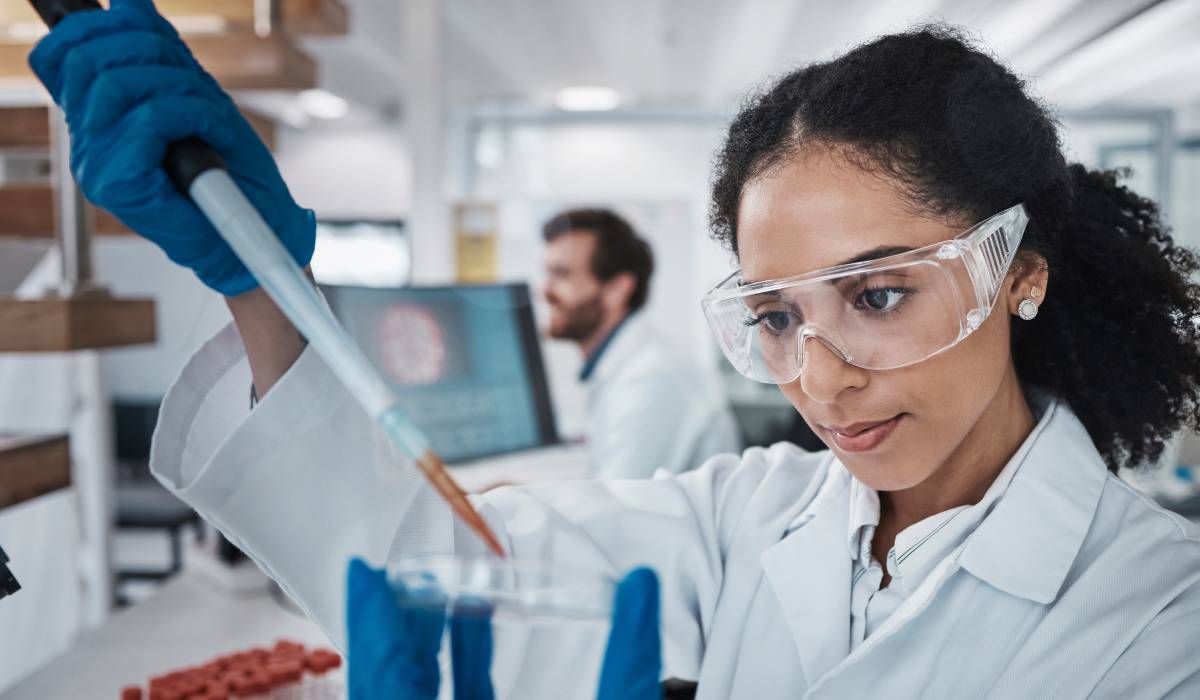Tips To Ensure a Safe and Efficient Lab Environment
- Casey Cartwright
- Science
- D.O.C Supplements - Trending News
- March 11, 2025

Creating a safe and efficient lab environment is crucial for conducting accurate, secure, reproducible experiments. Laboratories often contain hazardous materials, fragile equipment, and potentially dangerous processes. It is imperative to follow certain guidelines to prevent accidents and ensure smooth operations.
A well-organized lab environment can significantly improve workflow, reduce errors, and facilitate collaboration among team members. When proper precautions and practices are in place, laboratories can focus on innovation and discovery while maintaining high safety and operational efficiency standards.
A well-organized lab is fundamental to maintaining safety and efficiency. Cluttered workspaces increase the risk of accidents, such as spills or misplaced equipment. To avoid this, store chemicals, tools, and instruments in designated areas when not in use. Label shelves, cabinets, and storage bins clearly to quickly retrieve and return items. An organized workspace improves safety and productivity, with less time spent searching for misplaced items.
The proper handling of chemicals is central to laboratory safety. Always read the Safety Data Sheets (SDS) for substances used in the lab, as these documents provide crucial information on safe handling practices and emergency procedures. When handling chemicals, wear appropriate personal protective equipment (PPE), such as gloves, lab coats, and safety goggles. Incorporating best practices for liquid lab handling can protect you and others from exposure to dangerous materials.
Laboratory equipment must function optimally to ensure the accuracy and reliability of results. Regular maintenance and calibration are essential to avoid errors and prevent equipment failures. Follow the manufacturer’s recommendations for calibration schedules and document maintenance activities in a logbook. Inspect your instruments for wear and tear and promptly repair or replace faulty equipment. Preventive maintenance is not only cost-effective but also contributes to the overall safety of the lab environment by reducing the risk of unexpected breakdowns.
No matter how prepared and cautious everyone is, accidents can still happen. Being prepared for emergencies is essential for effectively improving the health and safety of lab professionals. Familiarize yourself with the lab’s emergency response plan, including the locations of fire extinguishers, eyewash stations, and first aid kits. Conduct regular drills to practice evacuation procedures and handling of chemical spills. Make sure that emergency contact numbers are readily accessible to all lab users. By staying prepared, you can respond effectively during an unexpected incident.
Maintaining a safe and efficient lab environment requires diligence, organization, and following established protocols. These steps protect the well-being of lab personnel and ensure reliable results and smooth operations. Prioritizing safety and efficiency is fundamental to the success of any scientific process.








